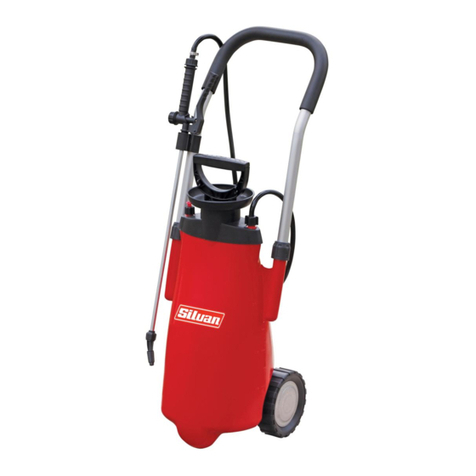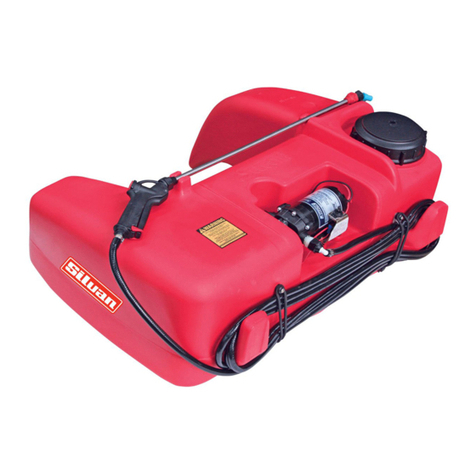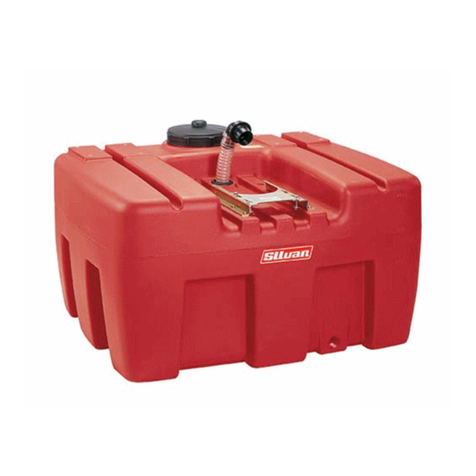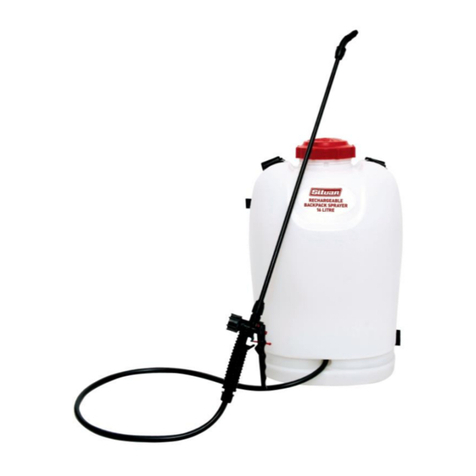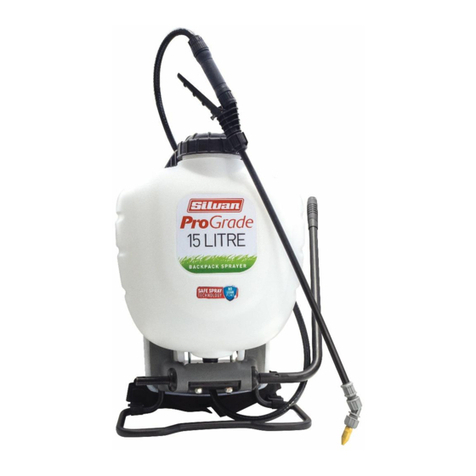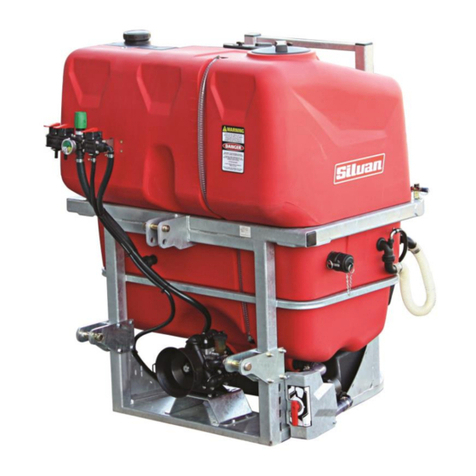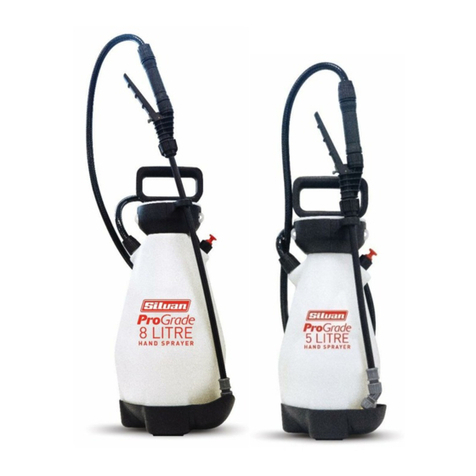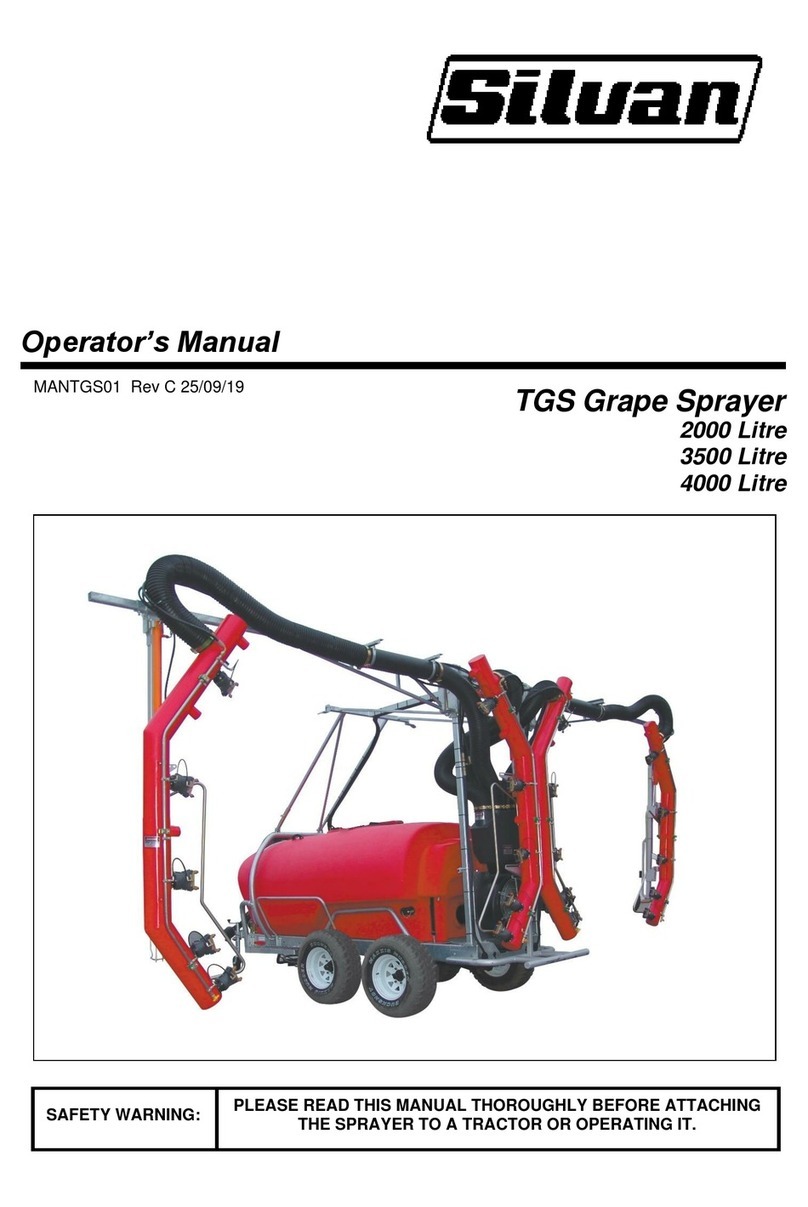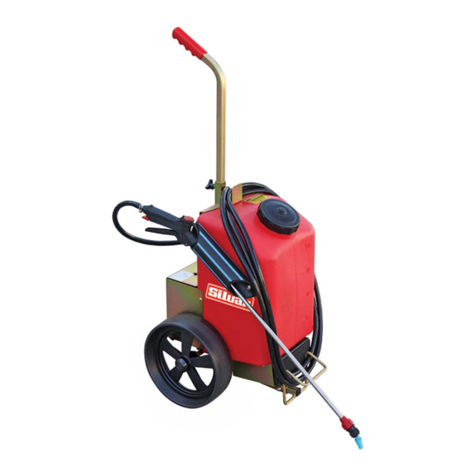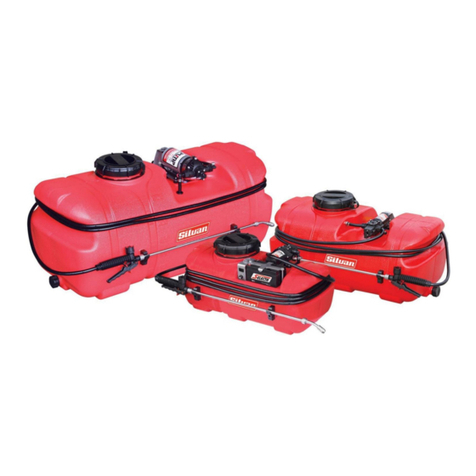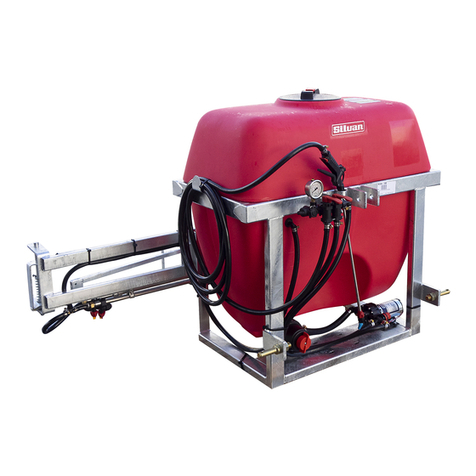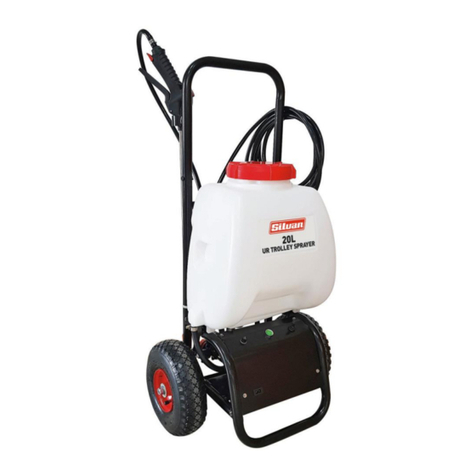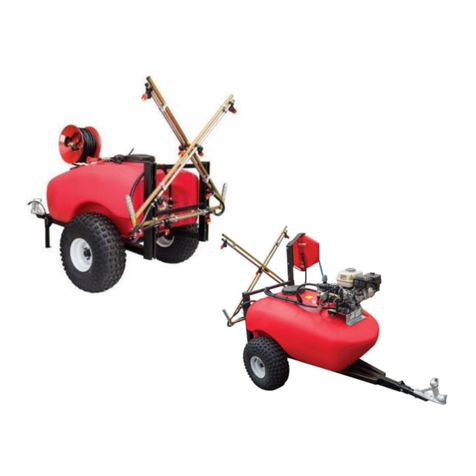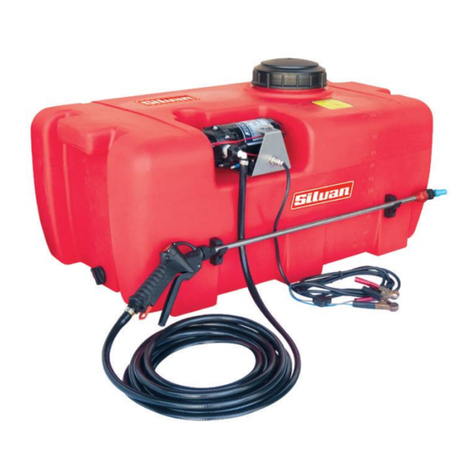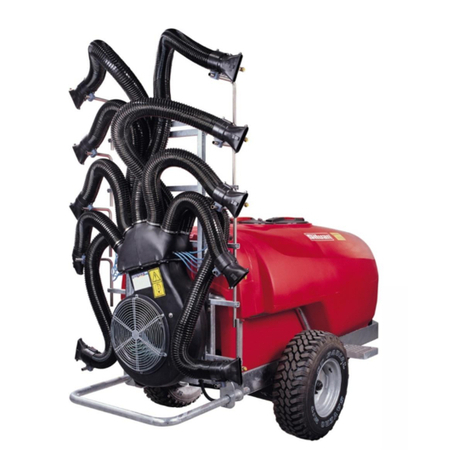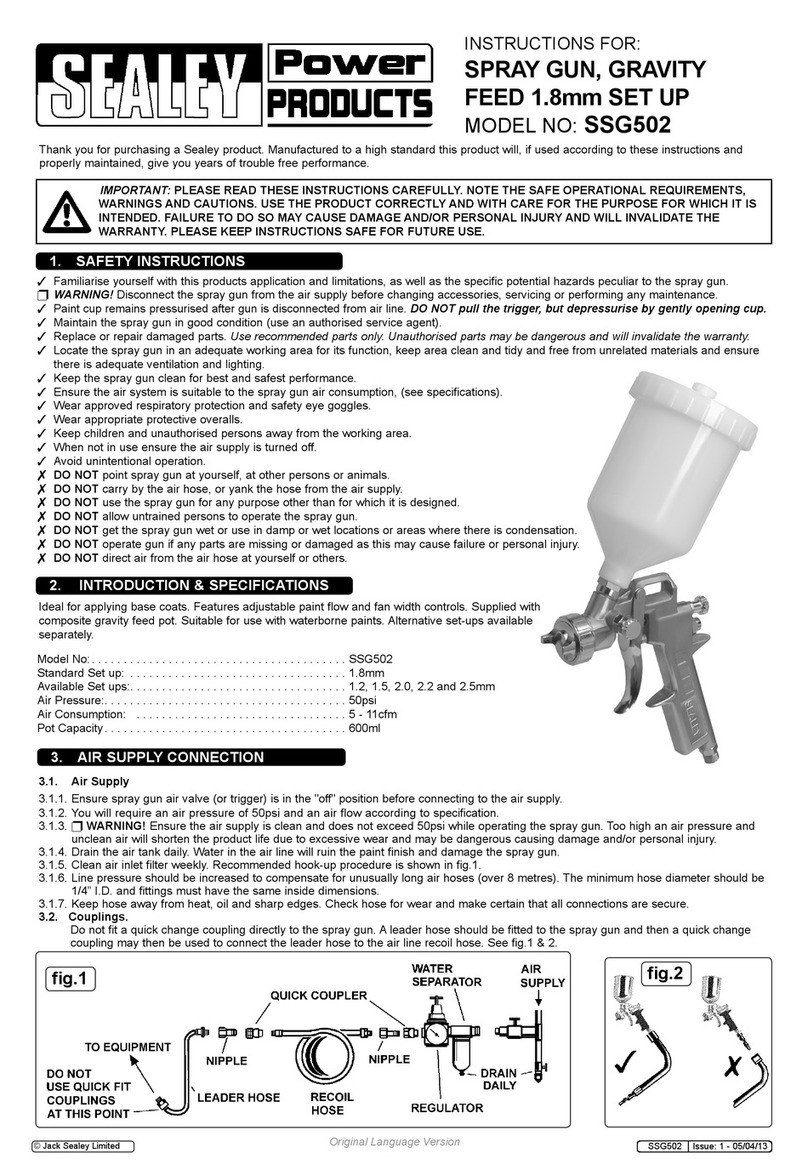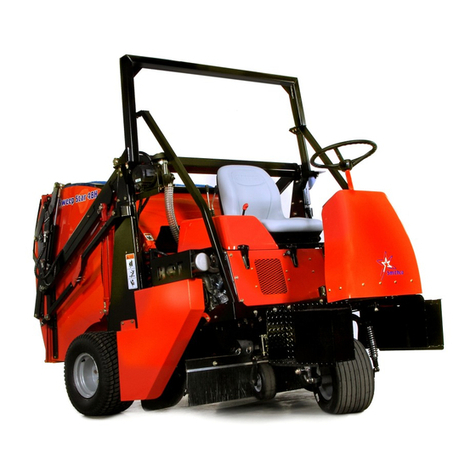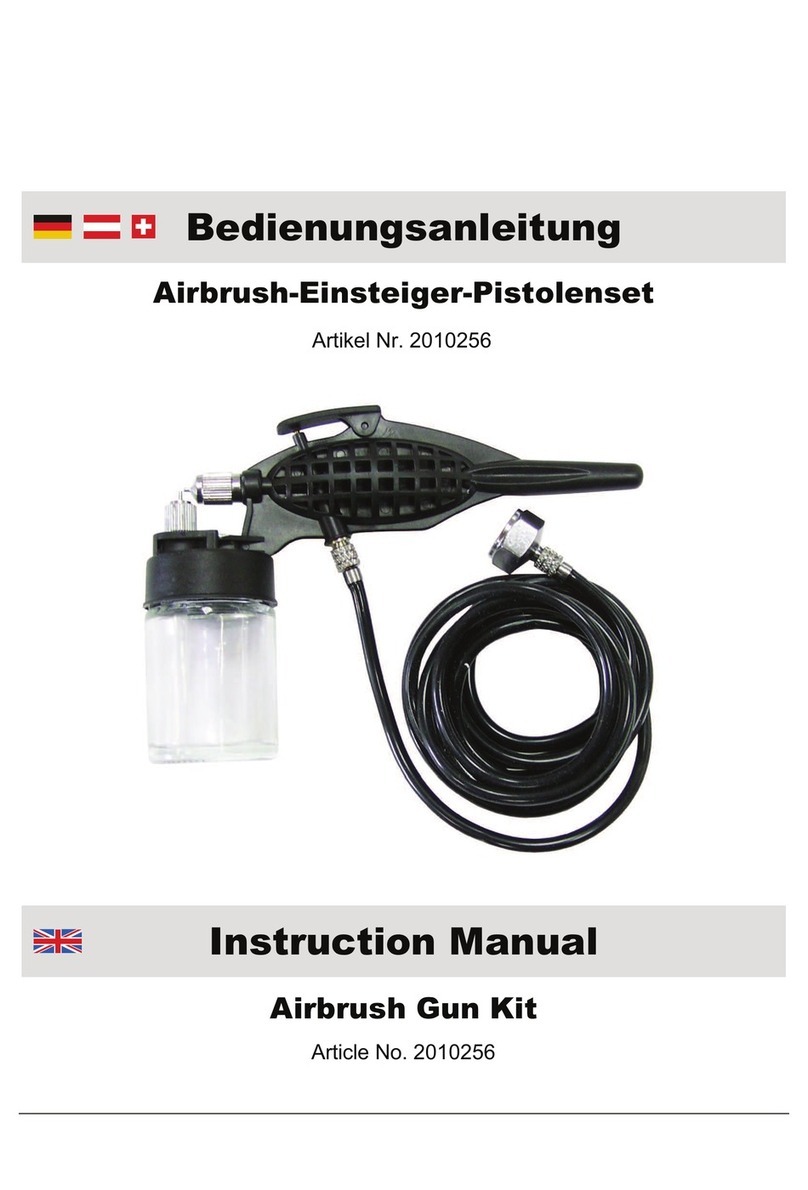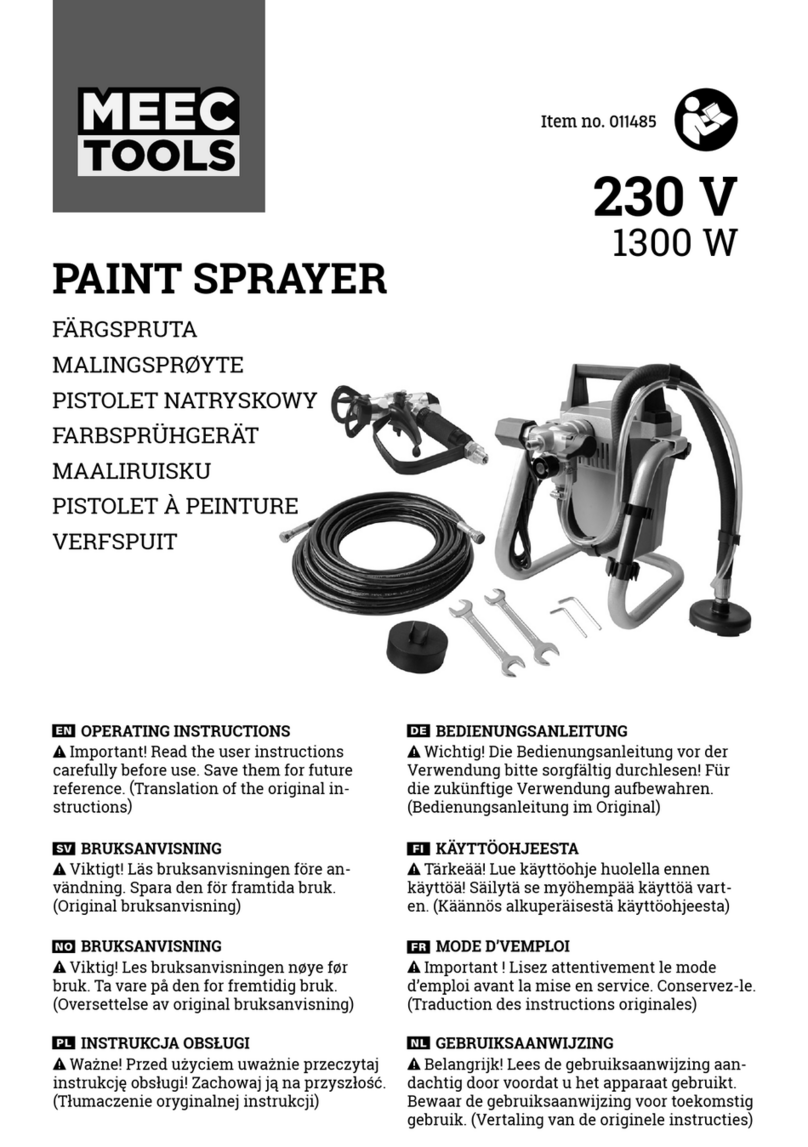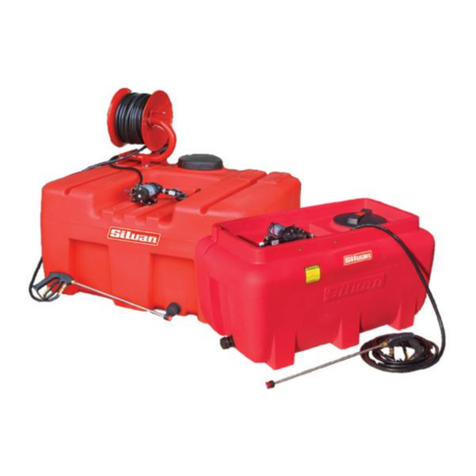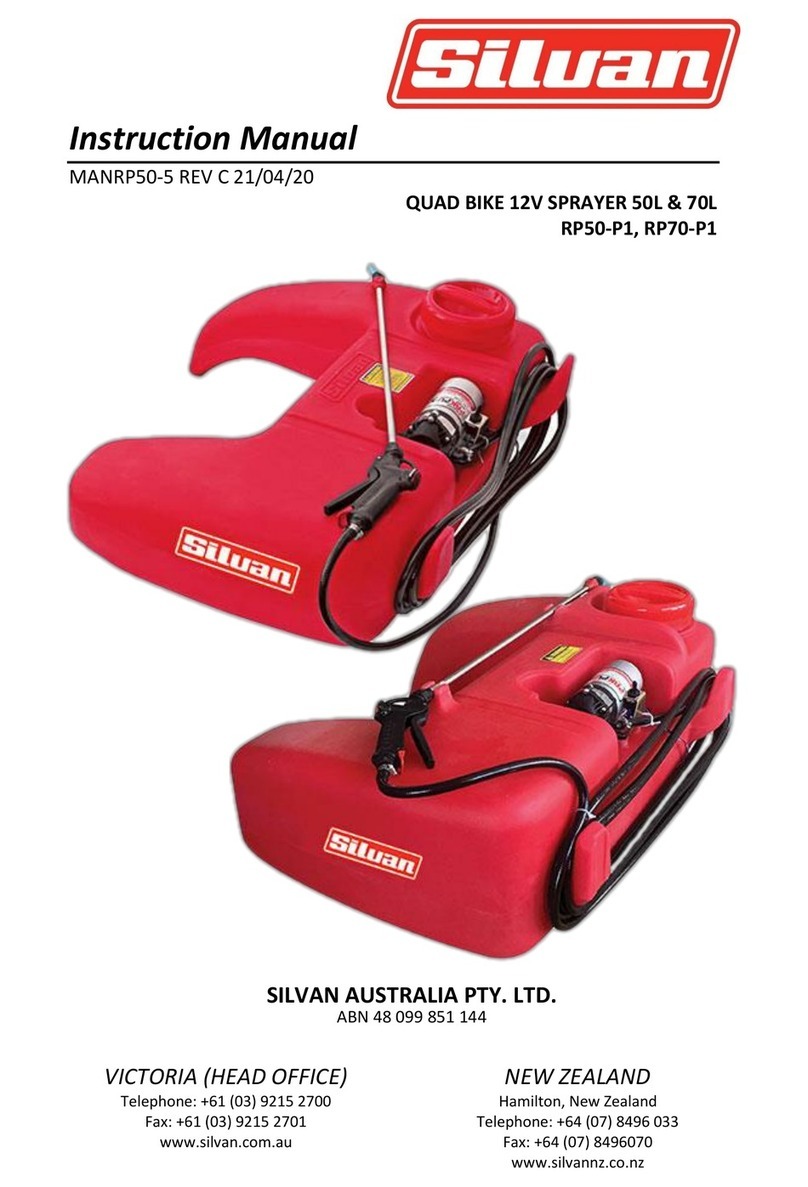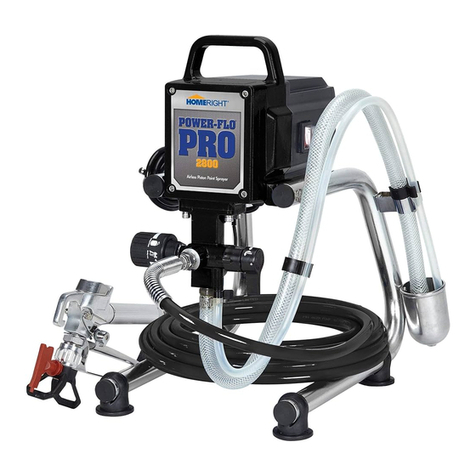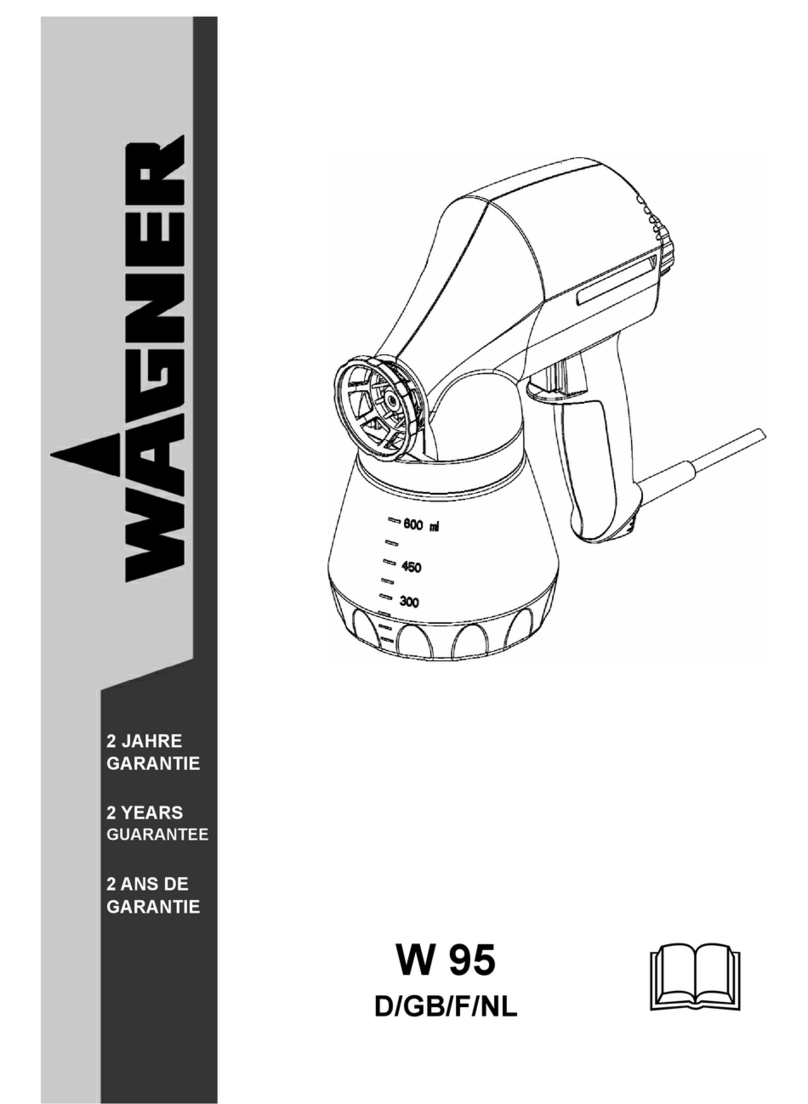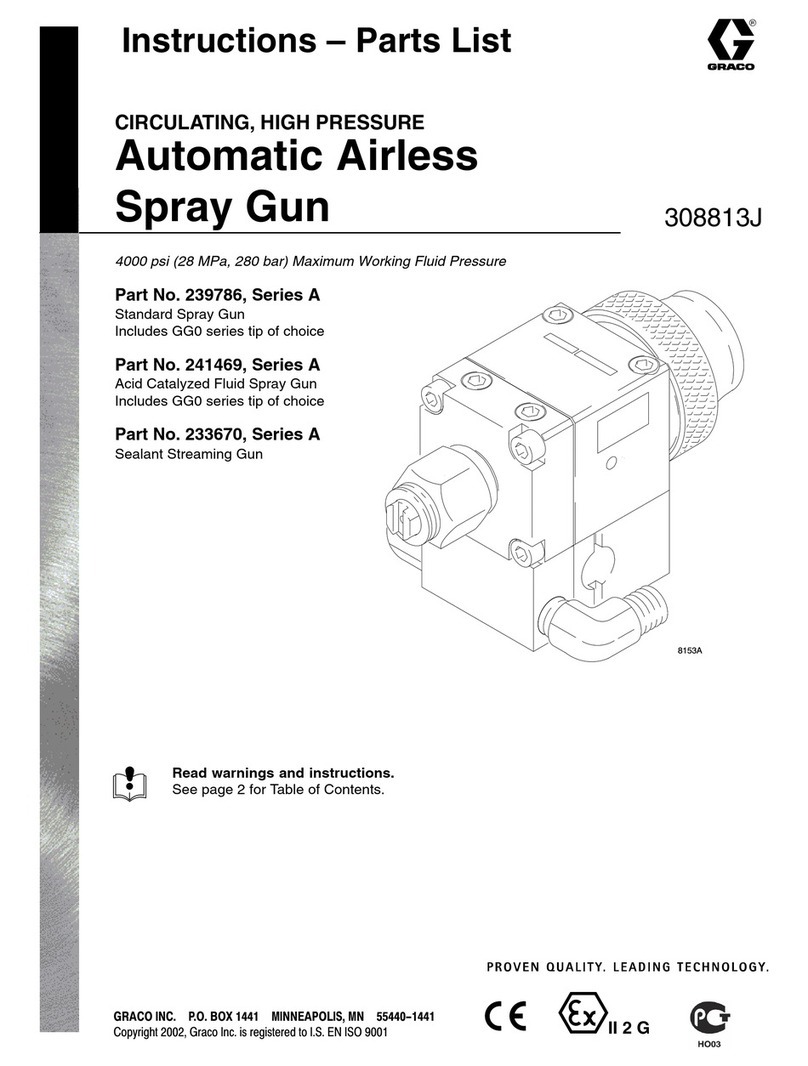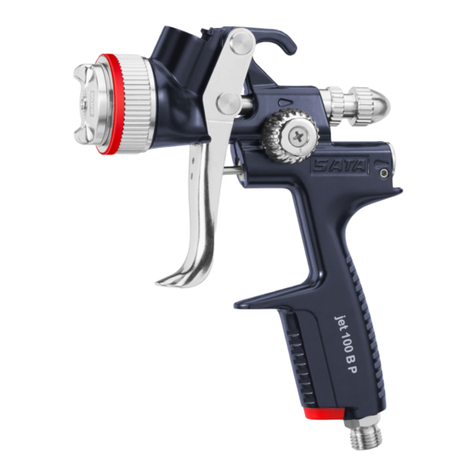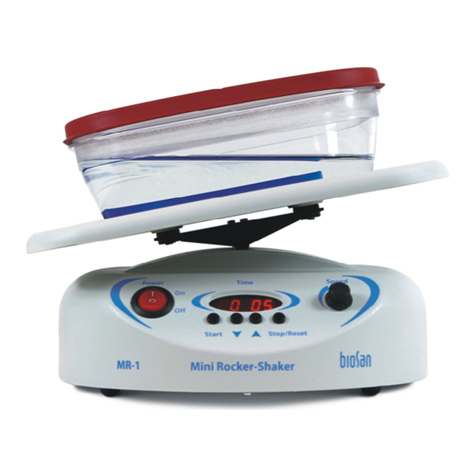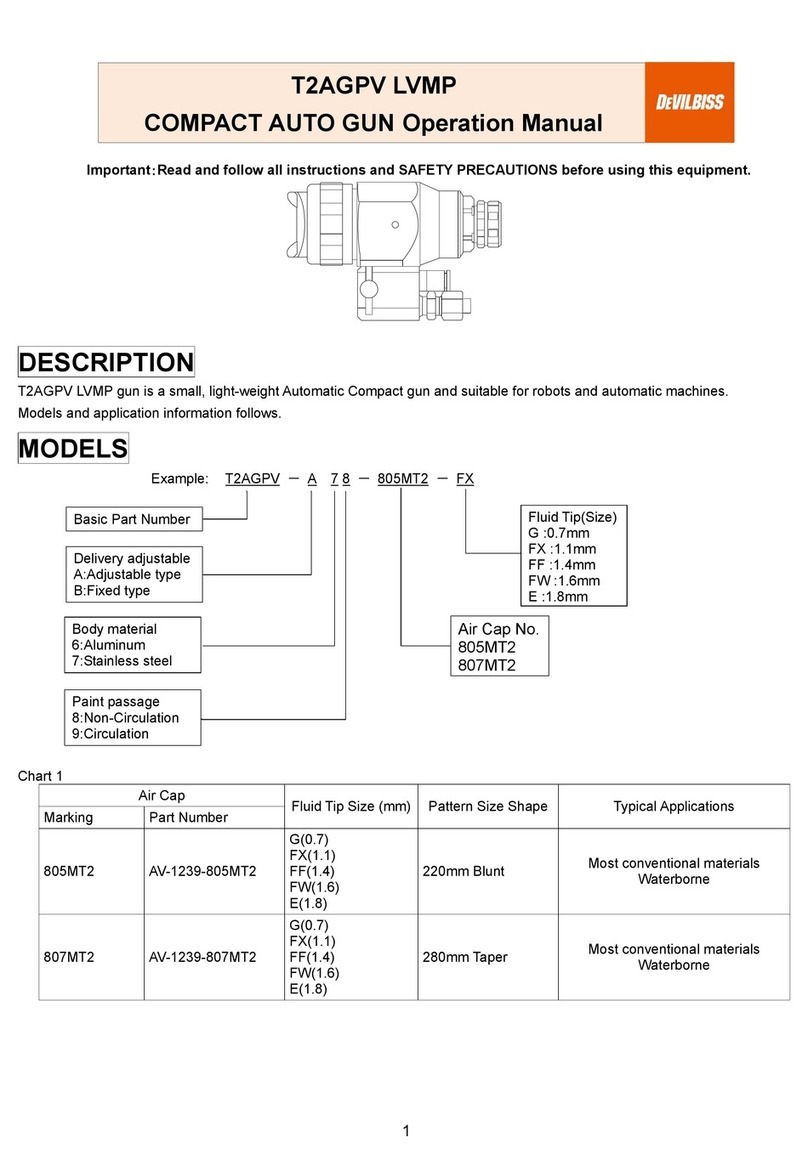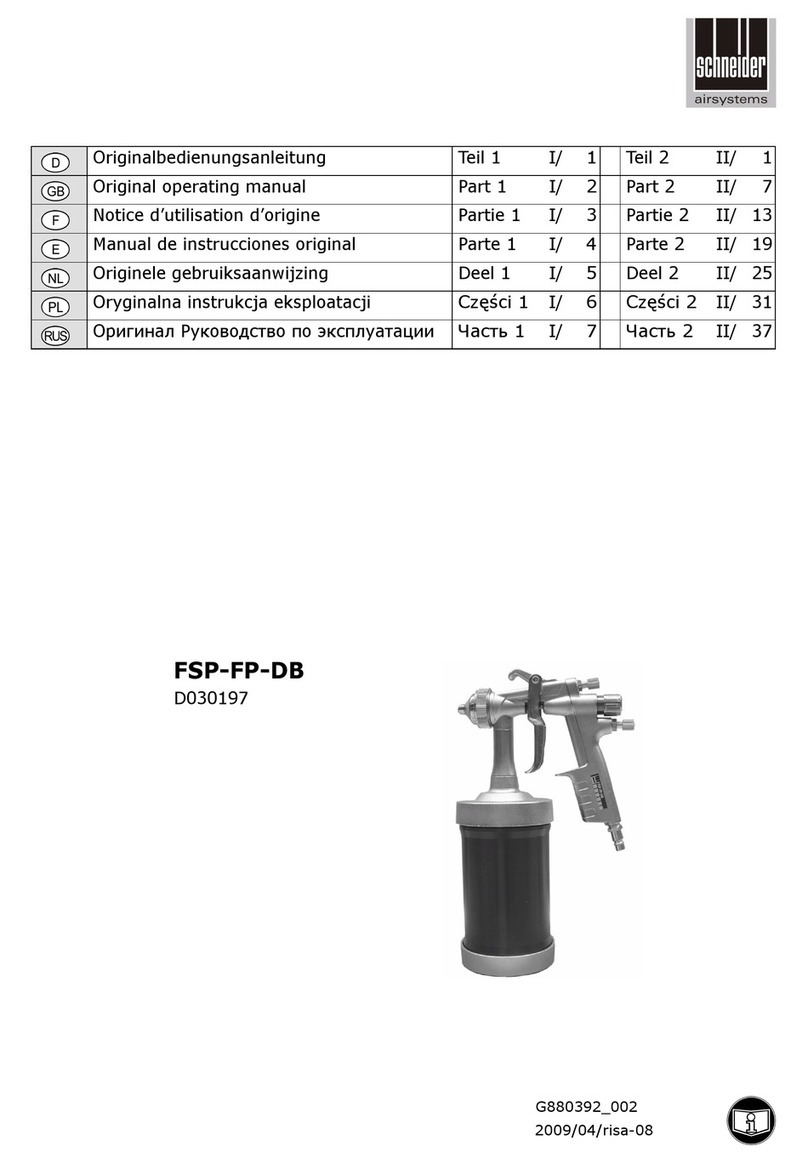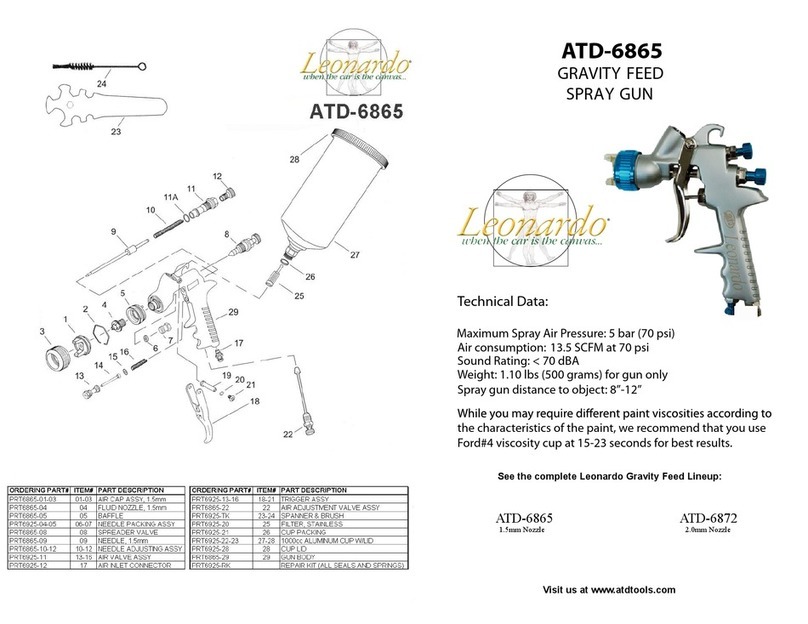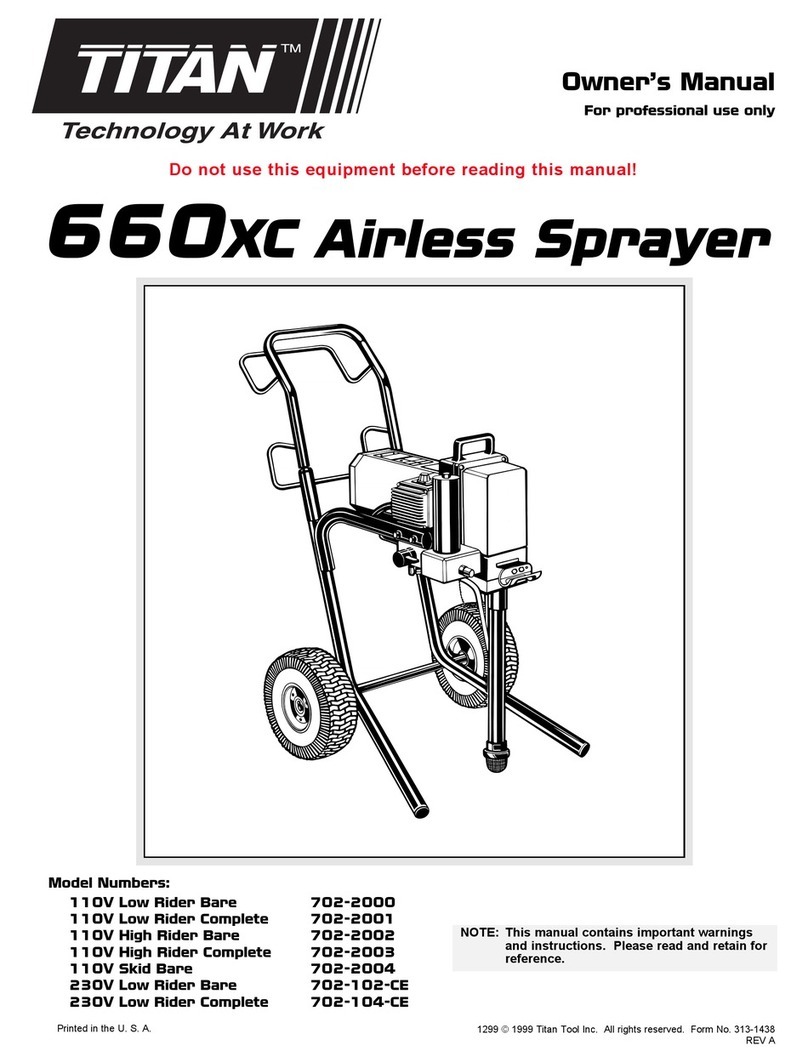15
Calibration
Nozzle Selection and Calibration Checking
Chemical application rates and hence nozzle
selections will vary greatly depending on the crop
type, and the stage of crop development.
Information on application rates should be
available from your chemical supplier.
Nozzle selection can be made by following the
four simple steps shown below. The final step,
checking calibration after nozzle selection, is
essential for spraying efficiency by ensuring a
known amount of spray is applied per hectare.
STEP 1 Operating Factors
First establish the following factors.
a) Application rate (l/ha) in litres per hectare.
b) Travel speed (km/hr) The speed indicated by
your tractor can be checked by timing the sprayer
over a measured distance. The timing should be
done in seconds over 100 metres with the PTO
engaged and water in the tank to simulate real
spraying conditions. In hilly terrain the sprayer
should be timed driving up and down the hill and
the two times averaged. The speed can be
calculated according to the following formula.
c) Row width (m) The distance between rows
measured in metres. For single sided spraying
use half the row width.
d) Spray pressure (Bar) A pressure of between
10 and 30 Bar is usually selected. Lower spray
pressures will produce larger droplets which are
generally less effective than the smaller droplets
produced at higher pressures.
STEP 2 Total Output Required
Calculate the total spray output required in litres
per minute (l/min) using the formula above, or
alternatively use the Spraying Output Chart on the
following page.
Check that the calculated output does not exceed
the rated capacity of the pump. If it does, reduce
the travel speed or the application rate.
STEP 3 Nozzle Selection
a) For many applications a nozzle set selected
from the Standard Jet Set Chart on page 17 will
be suitable. The outputs shown apply when all 16
nozzles are to be used. Single sided spraying will
produce half the volume shown on the chart.
b) For special applications the jet and swirl plate
combination for each individual nozzle can be
selected by calculating the requirements for one
side of the sprayer, as follows, then copying the
pattern on the other side.
Decide on the number of nozzles to be used on
one side then calculate the individual nozzle flow
rates by halving the total output from Step 2 to
obtain the output for one side.
Use the Single Nozzle Output Chart on page 17
to select the jet and swirl plate combination which
is the closest match to the required nozzle output
at the chosen pressure.
Add up the flow rates of the individual jets to
check that the total output per side matches the
calculated value. Small variations can be
corrected by increasing pressure to increase
output or reducing pressure to reduce output.
STEP 4 Calibration Checking
After installing the selected jets, test the sprayer
with water to confirm the application rate. Fill the
tank to the brim or a specific mark then run the
sprayer for a measured time at operating
pressure and with the nozzles spraying.
A run time of two minutes should be sufficient.
Measure the volume of water, in litres, required to
refill the sprayer to the brim or the specific mark
chosen then divide this volume by the time of the
run, in minutes.
Output (l/min) = Volume to refill (litres)
Time (min)
Verify that the measured output matches the
value calculated at Step 2. For small variations
increase the spraying pressure to increase the
output or reduce the pressure to decrease the
flow.
Calibration




















